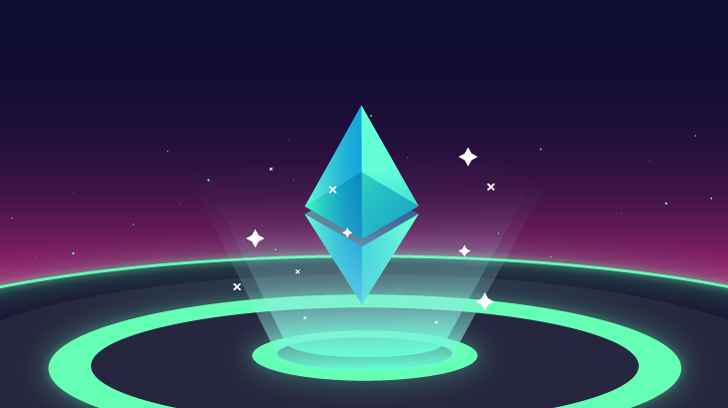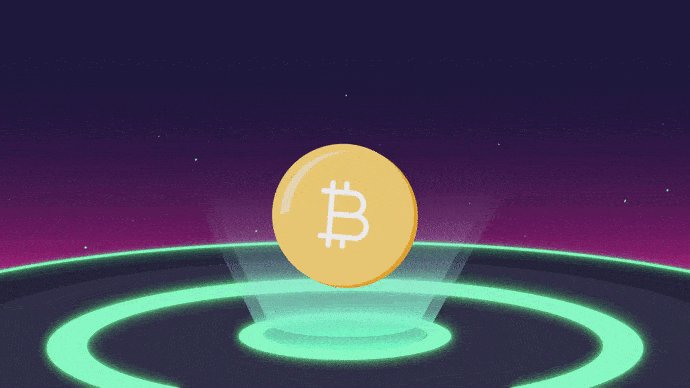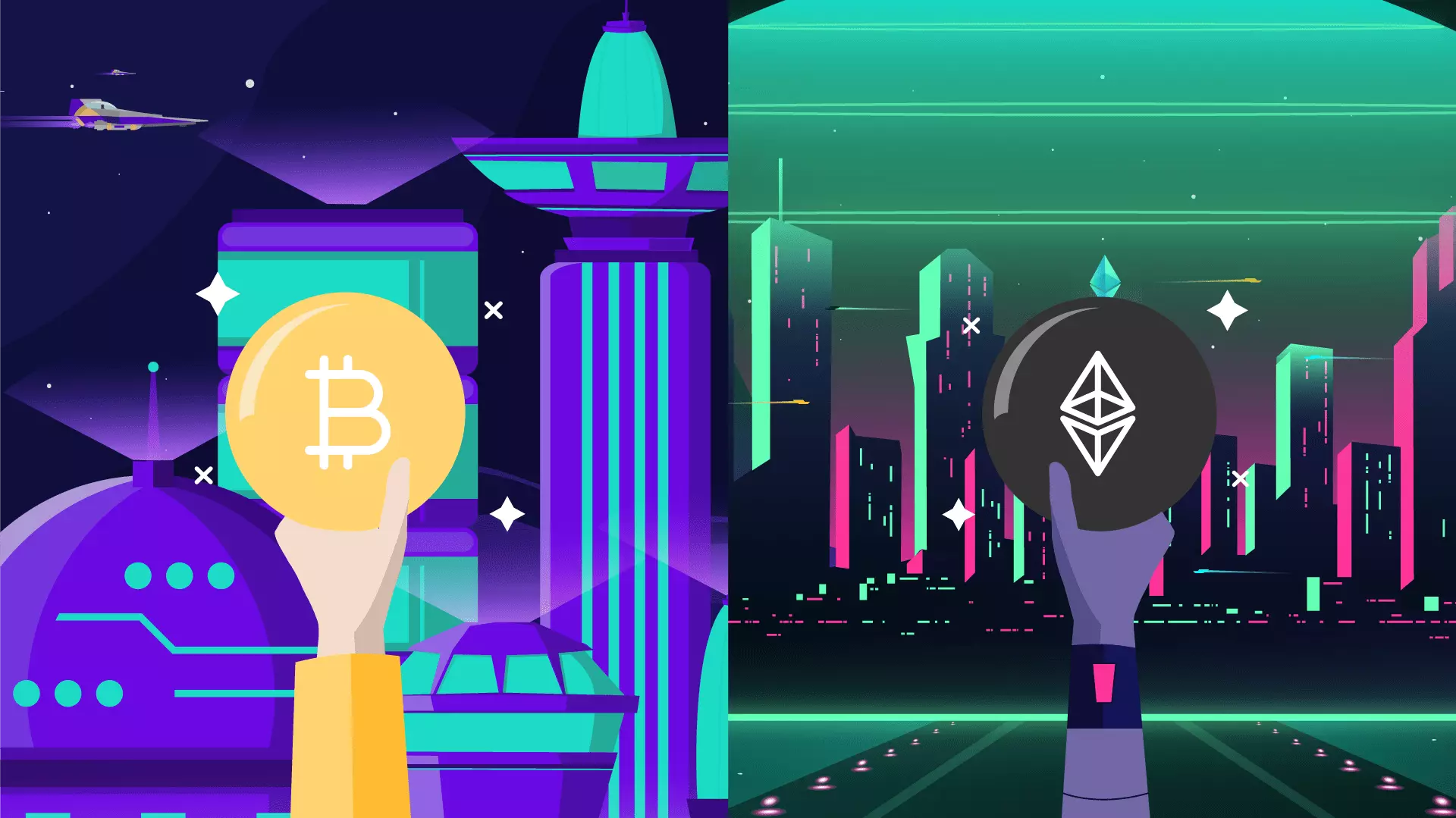Vitalik Buterin’s dream. Smart contracts and decentralized applications (dapps). The Ethereum ICO and the genesis block.

Russian programmer Vitalik Buterin described how Ethereum works in a white paper at the end of 2013. Buterin was an active programmer and member of the crypto community who was convinced that Bitcoin needed a programming language to develop applications on the blockchain.
Since his proposal to modify Bitcoin was not adopted, Vitalik decided to create a new platform. In January 2014 he announced the Ethereum project and soon began development with four other people, with whom he created a foundation, located in Switzerland.
The main objective of this working group was to build a system that would allow the creation of smart contracts, small automated functions that, when faced with an input order, return an output order, and which, being programmed in the blockchain, are immutable (that is, they cannot be changed). Modify).
This development provided the necessary elements for the creation of decentralized applications, also known as dapps.

Vitalik Buterin was inspired by Bitcoin to create Ethereum, but adding the possibility of developing applications.
How Ethereum was financed
Ethereum had an online public crowd sale (ICO) between July and August 2014. In this ICO you could buy the Ethereum token (Ether) at a very low price and, if the project worked, make a profit .
Ethereum raised around $18 million and not only secured the necessary funds to continue development, but also gave birth to a wave of projects that adopted this form of financing.
As part of the Ethereum genesis block, initial buyers were allocated 60 million Ether. And another 12 million were given to the development fund that was distributed among the first users and the Ethereum Foundation.
On July 30, 2015, the first Ethereum block was mined in just 20 seconds, compared to the 10 minutes it takes to mine a Bitcoin block. Another significant difference is that while the issuance and commission rules in Bitcoin do not change, in Ethereum they are flexible and can vary according to the needs of the network.
Who is Vitalik Buterin
The creation of Ethereum at 20 years old. The risks of a personalist network. The continuous search for improvements. And the honey badger dance.

Vitalik Buterin is the main representative of the Ethereum community, in addition to being one of the five co-creators of the original project, along with Anthony Di Iorio, Charles Hoskinson, Mihai Alisie and Amir Chetrit. Buterin was already an active character within the Bitcoin community, developer and creator of Bitcoin Magazine.
The Ethereum project arose from Buterin’s inability to make a series of modifications that would allow Bitcoin to become a platform for decentralized applications (dapps).
He then decided to create his own project, and with the subsequent success of Ethereum he began to occupy a leading role in the cryptocurrency ecosystem. This was both because of his capabilities as a developer and because of how young he was when Ethereum started – he was only 20 years old.

Although Buterin is a central figure in the crypto world, he tries to prevent Ethereum from becoming a personalistic network.
The risks of a personalist network
Despite his celebrity status within the crypto space, the programmer born in 1994 said he does not feel comfortable in that role, given that it reduces Ethereum’s resilience.
That the creator of Bitcoin was anonymous was always considered a strength, since its value or popularity does not depend on a single person. For a cryptocurrency, being associated with someone so visible can be counterproductive.
In any case, Vitalik is still involved in the development of the Ethereum code and has presented several proposals to improve it, in addition to being a spokesperson for the possibilities of blockchain technology worldwide.
Importance of Ethereum
Second cryptocurrency in market cap. The decentralized computer. Creation of tokens, video games and decentralized finance.

Ethereum is the second most important cryptocurrency if the market price or market cap is taken into account, which is the total amount of money obtained if the price of the token, in this case ETH, is multiplied by the total amount in circulation.
On the other hand, it is considered one of the most prominent crypto projects, given the possibilities it allows as a platform. In addition to being a cryptocurrency, Ethereum functions as an online, decentralized digital computer. This enables many more uses than just the transfer and storage of value, or payments.
Ethereum allows the creation of a very wide range of distributed applications. In addition to a value transfer platform, it is also a market for financial services, video games and various applications.

In addition to a network with a versatile cryptocurrency, Ethereum is an online and decentralized digital computer.
Main Ethereum Applications
Among other things, Ethereum allows the creation of other cryptocurrencies: so much so that projects like DAI, USDC or TrueUSD work on Ethereum technology. There are also games like Gods Unchained or Decentraland, pioneers in the creation of collectible digital assets.
Currently, Ethereum is the blockchain where the greatest number of innovations and searches for the creation of new services are concentrated, and therefore it occupies a predominant role within the crypto world. In recent years, it is the main network to host the boom in a new range of decentralized financial solutions known as DeFi, as well as the trend for collectibles and art pieces traded in the NFT format.
Decentralization allows the creation and maintenance of a network whose access is not filtered by any organization, company or government. Which results in an ecosystem full of projects whose only filter is public acceptance.
Without this network structure, which is decentralized by definition, the innovation that Ethereum spearheads would not be possible.
Differences with Bitcoin
Smart contracts. Computational operations. Hard forks and the “merge”. Ethereum token availability. Rewards to miners.

The differences with Bitcoin are very pronounced. While BTC is the first cryptocurrency and is very reliable, Ethereum has a great capacity to support smart contracts.
This fundamental difference divides the waters about which project is better. While Bitcoin defenders argue that it is more “robust”, Ethereum enthusiasts blame it for its poor ability to add new services beyond the transfer of value.
For their part, those who highlight the wide possibilities of Ethereum as a virtue are nevertheless aware that based on the variety of computational operations that its network allows, the applications that are built on the blockchain can be violated in some way. intended by the developers.

Ethereum has the same features as Bitcoin, but adds the ability to support smart contracts.
Hard forks and the “merge”
A problem of that magnitude happened in 2017 with the most important smart contract of the moment, called The DAO. As a result of an error in the contract code, an unknown person was able to extract a large part of the ETH allocated in it. To solve such a problem, the Ethereum community ended up carrying out a hard fork that split the blockchain in two.
The Ethereum we all use today is actually a fork of the original, while the historical blockchain continued its course under the name Ethereum Classic (ETC). Subsequently, there have been other forks, aimed at implementing efficiency and security improvements in the network.
One of the most important is the change that Ethereum will take from being a proof-of-work model network to a proof-of-stake system. This jump is called “the merge” (or fusion) and will reduce energy consumption in processing operations on Ethereum by 99.5%.
Ethereum Availability
On the other hand, Bitcoin and Ethereum differ in the number of tokens available. While BTC has an issuance limit set at 21 million units, ETH does not have any pre-established limit, but rather has a decreasing issuance rate.
Currently, the reward for mining a block remains at 2 ETH, with total ETH in circulation at 120 million units (as of March 2022).

